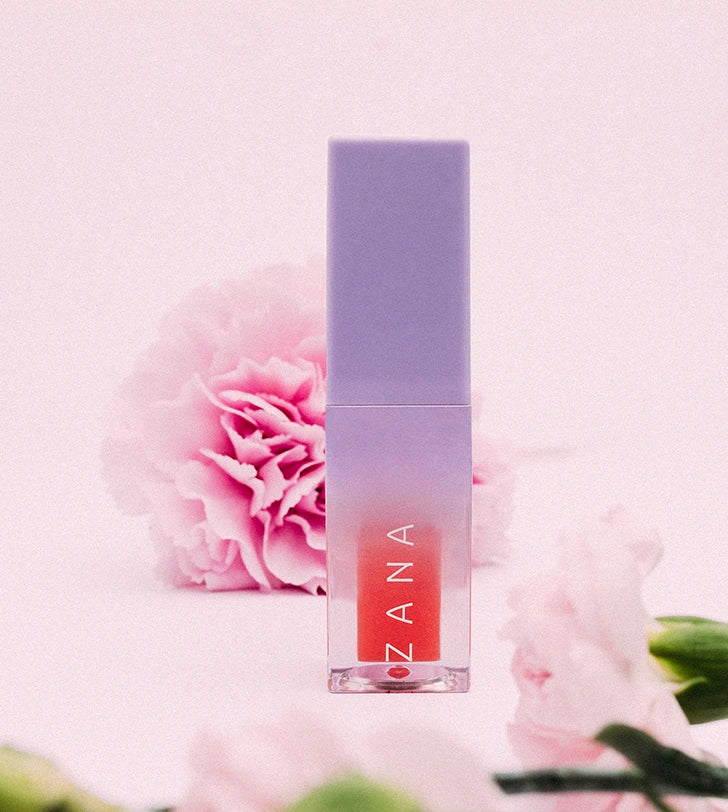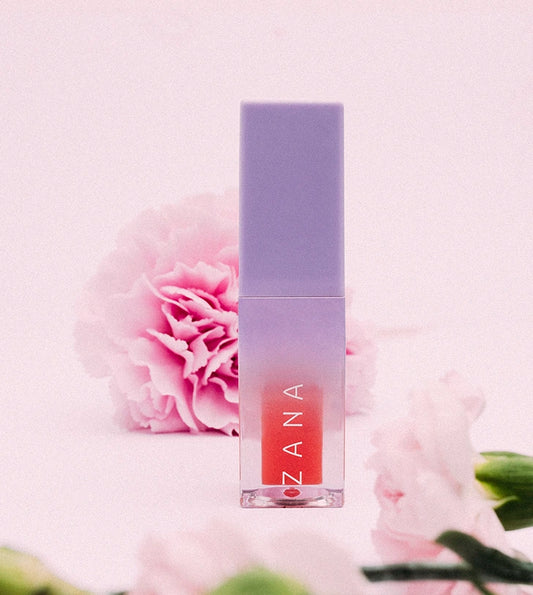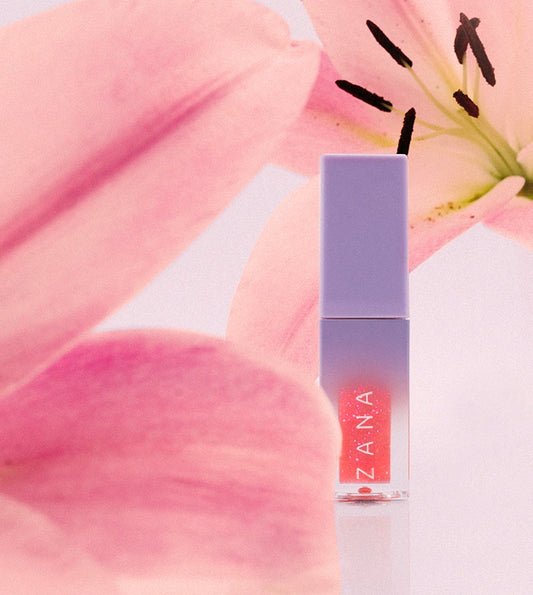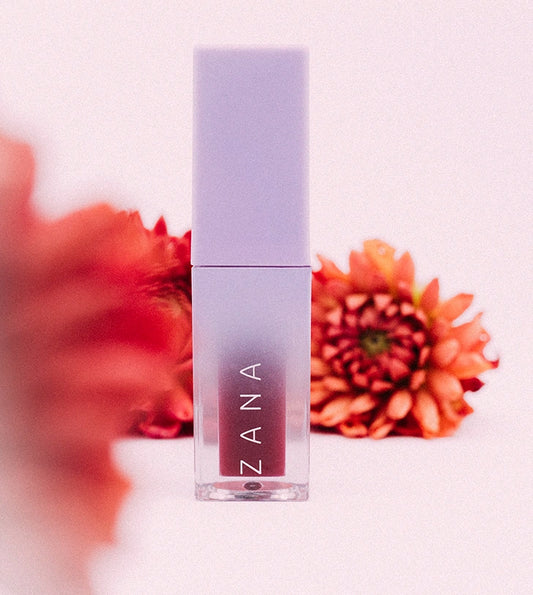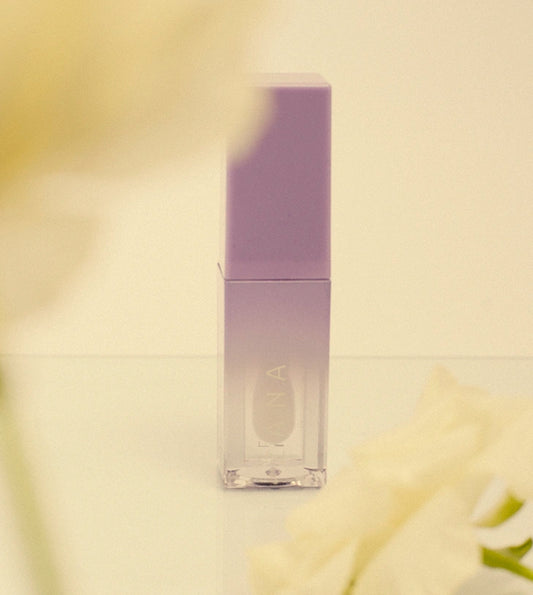
Lip color and health: What do your lips say about your body's health?
Lips are not only a beauty feature but also a valuable indicator of our health. The natural shade of lips depends primarily on blood flow and oxygenation, so any sudden change in lip color can be a warning signal from the body. Observing what lip color means in a health context allows for early detection of potential problems and appropriate action. Learn how to interpret the different shades of your lips and when it's worth consulting a specialist.
Understanding Colors: What Do Different Lip Shades Mean?
Lip color diagnosis is a fascinating field that combines dermatology with internal medicine. Different shades can indicate specific health conditions, so it's worth understanding their meaning.
Pale lips – a warning signal from the body
Pale lips are most often caused by anemia, also known as anaemia. When hemoglobin levels in the blood drop, the natural color of the lips loses its intensity, becoming noticeably paler than usual. This is the result of reduced blood flow and poorer tissue oxygenation.
Pale lips are often accompanied by other symptoms such as:
- Overall paleness of the complexion
- Feeling tired and weak
- Dizziness
- Accelerated heartbeat
Causes of pale red lips may also include circulatory problems, iron deficiency, vitamin B12 deficiency, or folic acid deficiency. If pale lips are accompanied by symptoms such as chronic fatigue, pale complexion, dizziness, or shortness of breath, it's worth getting basic blood tests, especially a complete blood count. Regular checkups can help rule out more serious conditions and initiate appropriate treatment.
Blue lips – an alarm from the circulatory or respiratory system
Blue lips – what do they mean? It's most often a sign of oxygen deprivation, medically called cyanosis. A purple or bluish discoloration of the lips occurs when the blood contains too little oxygen or when blood flow is poor.
Blue lips can indicate heart problems such as heart failure, heart defects, or arrhythmias. They are also often a symptom of respiratory conditions, such as asthma, pneumonia, COPD, or pulmonary embolism. The sudden appearance of blue lips, accompanied by shortness of breath, chest pain, or a rapid heart rate, is particularly concerning—these symptoms require immediate medical attention.
It is worth remembering that blue lips caused by cold are a natural reaction of the body to low temperatures and are usually not a cause for concern if they disappear after warming up.
Intense red lips – when your lips are too red
Very red lips, exceeding their natural shade, can signal various health issues. Most often, it's a symptom of oral inflammation, such as cheilitis. This condition can be caused by deficiencies in B vitamins, vitamin A, or iron.
Intense red lips can also indicate digestive problems, particularly those affecting the liver or intestines. Sometimes, bad breath is associated with this condition, further confirming the connection with the digestive system. Certain infections or allergic reactions can also cause intense redness of the lips.
Chapped and cracked lips – what causes them?
Chapped lips are a problem that can have both external and internal causes. The most common external factors include dehydration, exposure to wind, sun, frost, or a habit of licking your lips. However, chronic chapped lips can also signal vitamin deficiencies, particularly B vitamins, vitamins A, E, and iron.
Persistent chapped lips can also be a symptom of a contact allergy to ingredients in cosmetics, toothpaste, or even certain foods. If the problem persists despite proper care, it's worth considering a dermatologist.
Daily care and natural lip shade
How to care for your lips to maintain their healthy appearance and natural color? Regular care is essential for maintaining not only the beauty but, above all, the health of your lips.
Exfoliation, moisturizing and protection – simple steps to beautiful lips
Gently exfoliating dead skin is the first step to healthy lips. Regular use of a soft sugar or enzyme scrub removes dead skin cells and improves microcirculation, which directly impacts the natural tone of your lips. Performing this treatment once a week is sufficient.
Moisturizing is absolutely essential – nighttime care is especially important, using intensive balms, natural honey, or shea butter. These ingredients not only moisturize but also regenerate the delicate skin of the lips while you sleep.
Protection from external factors such as sun and frost is a key element of daily care. Products with UV filters protect against premature aging and loss of natural color, while in winter, protective barriers against frost and wind are crucial.
Diet matters – what to eat to keep your mouth healthy?
A healthy diet has a direct impact on the color and condition of your lips. Iron-rich foods (red meat, spinach, lentils) help maintain healthy hemoglobin levels, which translates to a healthy, pink lip color. B vitamins, found in whole grains, eggs, and green vegetables, support skin regeneration and prevent chapping.
Proper hydration – at least 2 liters of water daily – is essential for moisturizing your lips from the inside. Antioxidants from fruits and vegetables protect against premature aging and loss of elasticity.
Summary: When to see a doctor?
While many lip color problems have trivial causes related to skincare or external factors, some situations require professional medical consultation. Sudden pale lips, especially when combined with fatigue and dizziness, may indicate anemia, requiring treatment.
Blue lips accompanied by shortness of breath or chest pain are a sign that immediate medical attention is required. Similarly, intensely red or persistently chapped lips that don't respond to standard care may indicate problems requiring specialist diagnosis.
Remember, observing the color of your lips is a simple way to monitor your health. Regular care and awareness of changes will help you maintain not only the beautiful appearance of your lips but, above all, their health.
